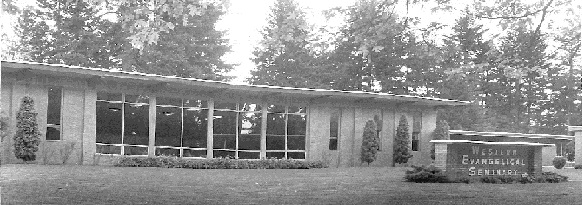Date of Award
10-1983
Document Type
Project
Abstract
During the last decade, institutional treatment of delinquents has shifted decidedly toward community based programs designed around a family unit model. Throughout the country, various state and local agencies have acquired large, older homes in well-established neighborhoods and turned them into residences for delinquent adolescents. These homes are similar to half-way houses in their size and operation. House parents, usually a young married couple, live in the house and provide supervision for five or ten juveniles. During the day, these residents either go to school or work, and during the evening they engage in various recreational and school related activities. Each resident has clearly delineated household responsibilities and specific input into decisions made regarding how the house is to be run. These group homes are different than half-way houses in that juveniles go to the home, instead of a correctional facility.before rather than after institutionalization. They serve as an alternative to the large training school or correctional facility.
Recommended Citation
Klapstein, Harvey C., "A Working Model for the Rehabilitation of Juvenile Delinquents" (1983). Western Evangelical Seminary Theses. 416.
https://digitalcommons.georgefox.edu/wes_theses/416

